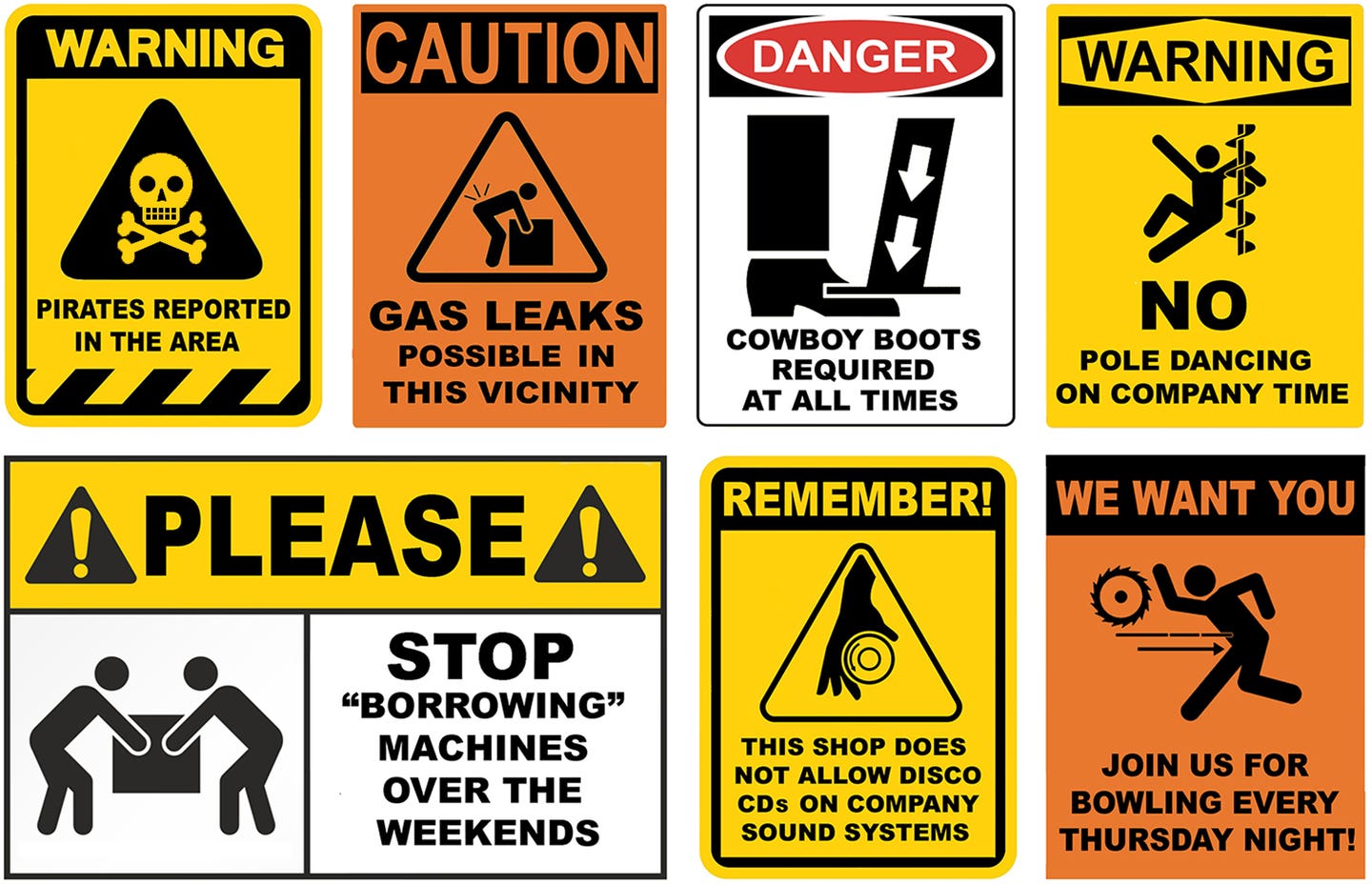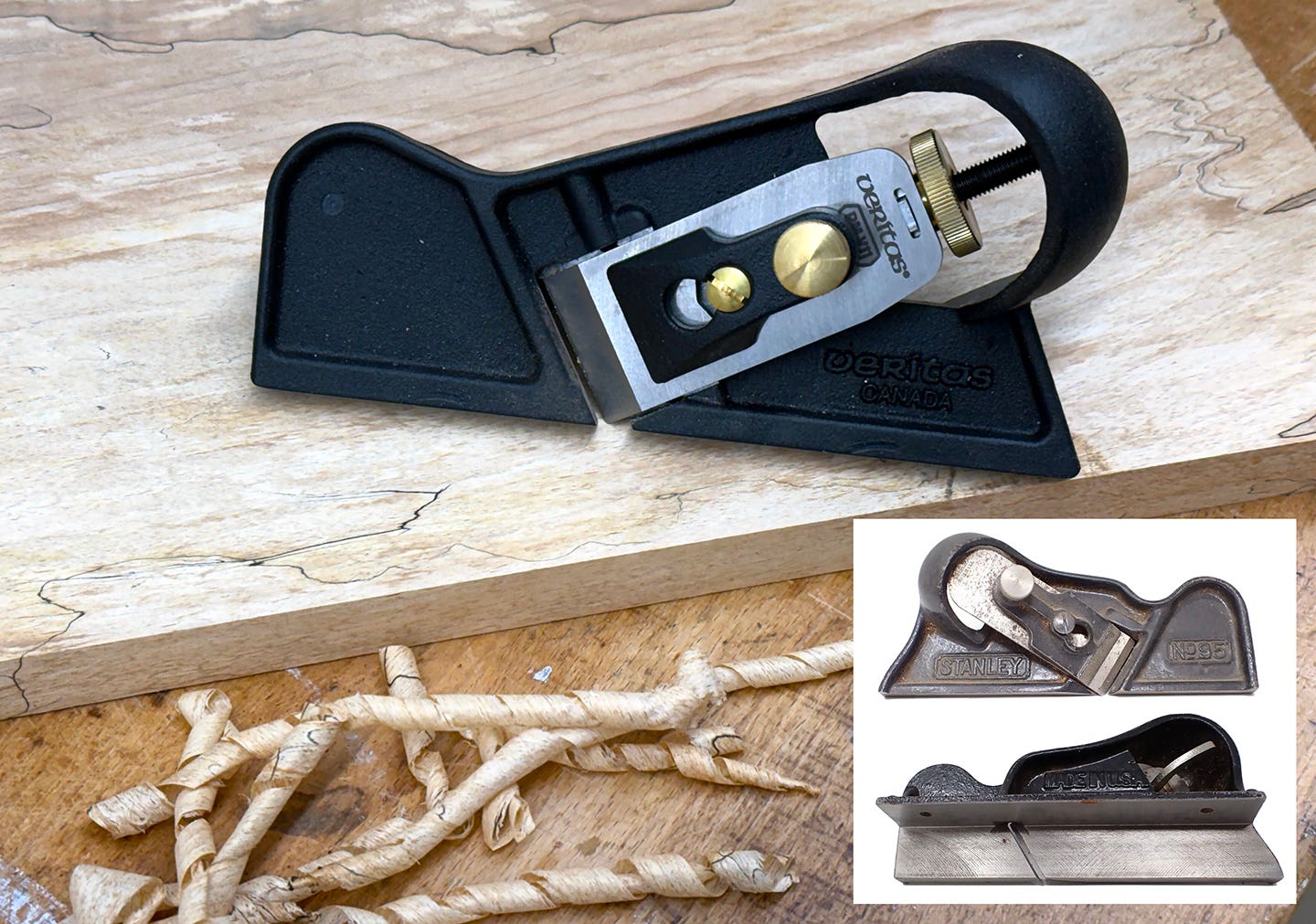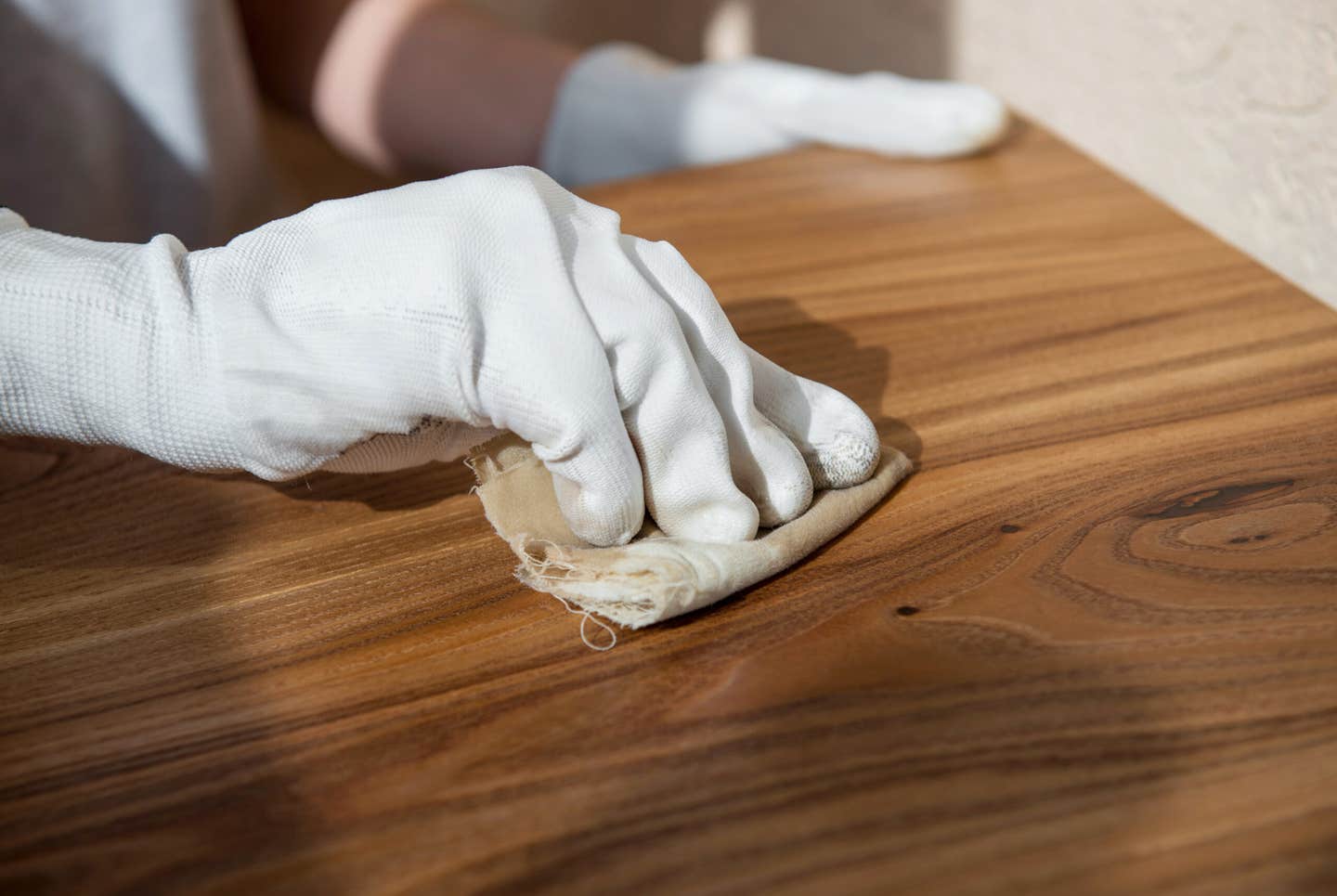Thinking about routers
Like most modern woodworkers, I own a lot of routers. When I say a lot, I’m talking six or seven. I have one of the original Porter-Cable 3-hp routers, the…
Like most modern woodworkers, I own a lot of routers. When I say a lot, I'm talking six or seven. I have one of the original Porter-Cable 3-hp routers, the ones that looked like R2D2 on steroids. I have one of the first Elu plungers, now marketed by DeWalt. I have several Bosch fixed-base routers including a couple of the D-handle models which are pretty much my go-to routers for everyday use.
Over the years I have built up a collection of router bits that currently exceeds the storage capacity of several large drawers. I have guides and fences and attachments by the boxful. I have heaps of shop-made jigs, the purpose of which has mostly been forgotten.
As much as I use these things, I have never really thought about how ubiquitous they have become. I find myself reaching for a router more often than just about any other tool in my shop. And I do so without even thinking about it. Looking around on the Internet, you can find commercially-made jigs, fixtures, fence systems, lifting mechanisms, "quick change" collets, complete router table setups ... you name it.
With a table saw and a decent router one could pretty much accomplish just about any woodworking task imaginable. Operations like basic edge profiling, grooving, rabbeting and dadoing require little more than a quick bit change and maybe a clamp-on straight edge. Throw in the right jigs and suddenly you have a dovetailing machine or a mortising machine or a tenon cutter, a circle or oval cutting device. The list is endless, the possibilities seemingly inexhaustible.
There are books on just about every woodworking tool known to man. But the books on routers outnumber everything else by orders of magnitude. And while the books on table saws and bandsaws and the like seem to simply reiterate the knowledge base, the router books continually present new and creative uses for this mainstay of the woodshop.
I have never been particularly enamored of router tables but I am thinking that is mostly because I have always had shapers in my shop and I have router collets for all the shapers so it's only natural for me to look to the shaper for operations that others might look to the router table for. And there is no doubt that the shaper, with its typically much larger diameter cutting circle and bigger motors and larger spindles and heavy power feeders, would win out over a router table pretty much every time.
But for a shop that is not so equipped, it is amazing the variety of bits and setup aids that are available which will allow the router table to be used for just about any task a shaper could do. Granted, shaping raised panels in hard wood with a router might not be anyone's idea of fun, but it is doable. And just try to put an edge on a tabletop after the table is in 3D with a shaper. The router's light weight combined with its portability, the ease with which the tool can be brought to the work rather than the other way around, gives the router a big advantage in many situations.
D.D.
David DeCristoforo possesses an extensive resume as designer/maker of fine furniture, high-end cabinetry and architectural woodwork. His experience in professional woodworking spans a period of 35 years. For the past 20 years David DeCristoforo Design has been located in Woodland, California. During this time David's shop has ranged in scope from a "full on" cabinet production shop with as many as 15 employees to a small fine furniture and custom millwork shop, working with his son, David RBJ, a highly skilled maker in his own right.







